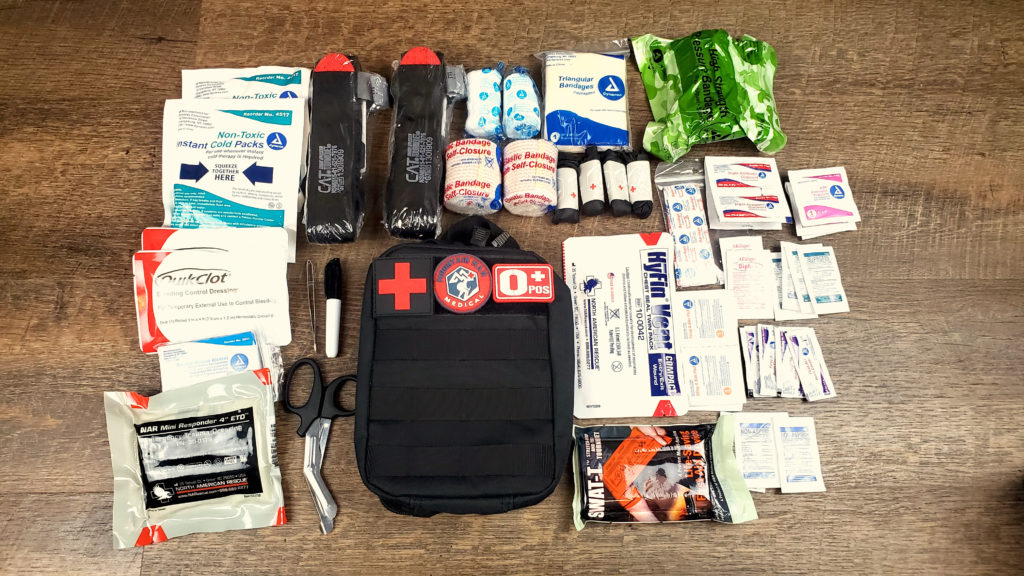Handling Emergencies Like a Pro: Part 2

In Part 1 of Handling Emergencies Like a Pro, we talked about how to make a quick plan on the way to the casualty. Professionals do this all the time and it’s a great way to get past a lot of the indecision. But, to come up with a workable plan, you need to be trained.
Any high-level professional will tell you they are constantly training. Developing and maintaining skills takes a big stress load off your shoulders by allowing you to focus on the bigger, more dynamic picture. Since you have applied a Tourniquet (TQ)so many times in training, you aren’t thinking about each and every step when you do. Instead you’re thinking ahead about the next problem.
If you don’t train, your entire focus is on applying the tourniquet and now you’re adding learning how to apply a TQ to the list of very important, time sensitive jobs you must tackle.
Training allows you to simplify the emergency. The more you know and the more you train, the fewer actions you will need to devote your full attention to. This frees you up to spend the bulk of your brain power on the problems in front of you and, as a result, lowers stress.
There’s no substitute for in person training with qualified and experienced instructors. But not everyone has the time or money to get it done and with Covid-19 it can be difficult to find classes. Our Emergency Trauma Response online course is now completely free.
Daydreaming
When I was a kid, I used to spend long car rides dreaming about saving the day. You know, basic little boy stuff. Handling emergencies with uncommon grace of a comic book hero and saving the damsel in distress.
These days we don’t seem to daydream as much as we used to since every spare moment is spent on our smart phones. But this is an excellent way to prepare your mind, even as an adult.
Dust off that atrophied little muscle that was once your imagination and put yourself into a bad situation. Think about one of the scariest things you could imagine trying to take care of, then imagine yourself handling it with the skills of a seasoned first responder.
In this story, get into the details. What happened, how it happened, and where it happened are great ways to start. Then, start going through a plan in your mind and ask yourself questions along the way. How would an unflappable, confident, and brave person save the day? What injuries might you encounter? How would you treat those injuries?
Imagine yourself succeeding and your brain will more likely follow when it counts. And never forget, the opposite is also true. If you always imagine yourself falling apart in an emergency, you will when it counts most. Don’t set yourself up for failure.
Have the Right Gear
Having the right equipment helps improve confidence levels dramatically.
You ever tried fixing a problem with your home or car and just didn’t have the right tool for the job? You could drive to the Home Depot and buy the right tool, but you’re not wearing pants. And then there’s a risk of contracting the Rona…
So, instead, what do you do? You try to make it work with the wrong tool, but it doesn’t work and you spend too much time on it and the frustration ruins your day so much that you aren’t able to enjoy your nightly episode of the Umbrella Academy.
Not having the right gear during a medical emergency is like that, but you know, way worse.
Did I mention we sell top of the line emergency trauma kits?

